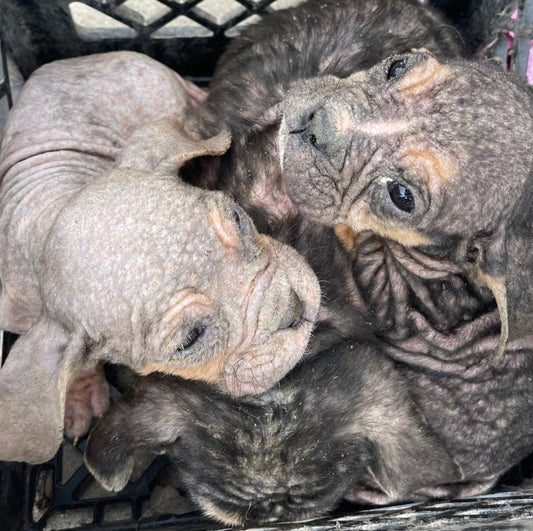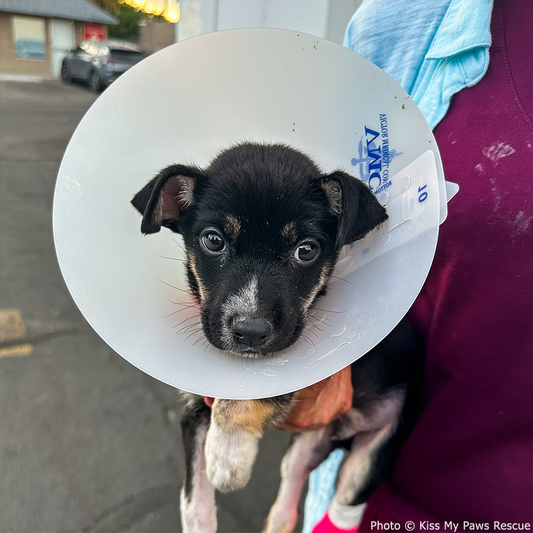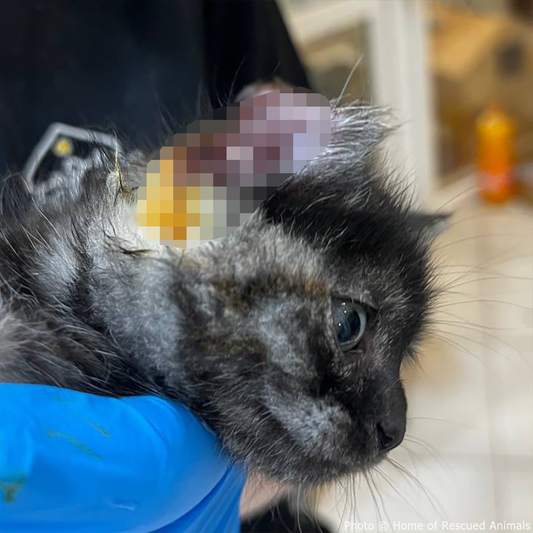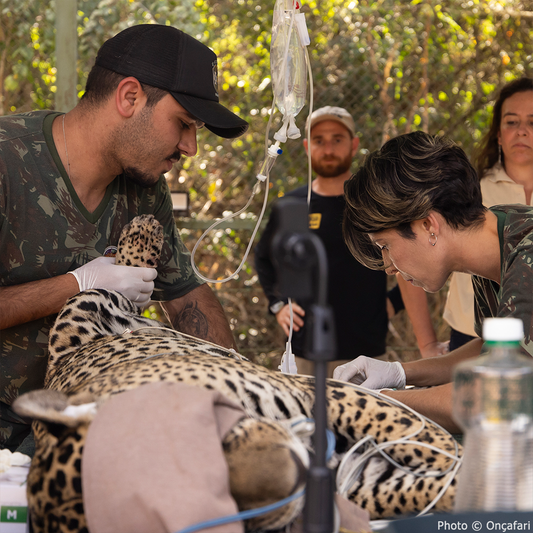Kern River Runs Dry in Bakersfield as Thousands of Fish Die in the Sun
Matthew Russell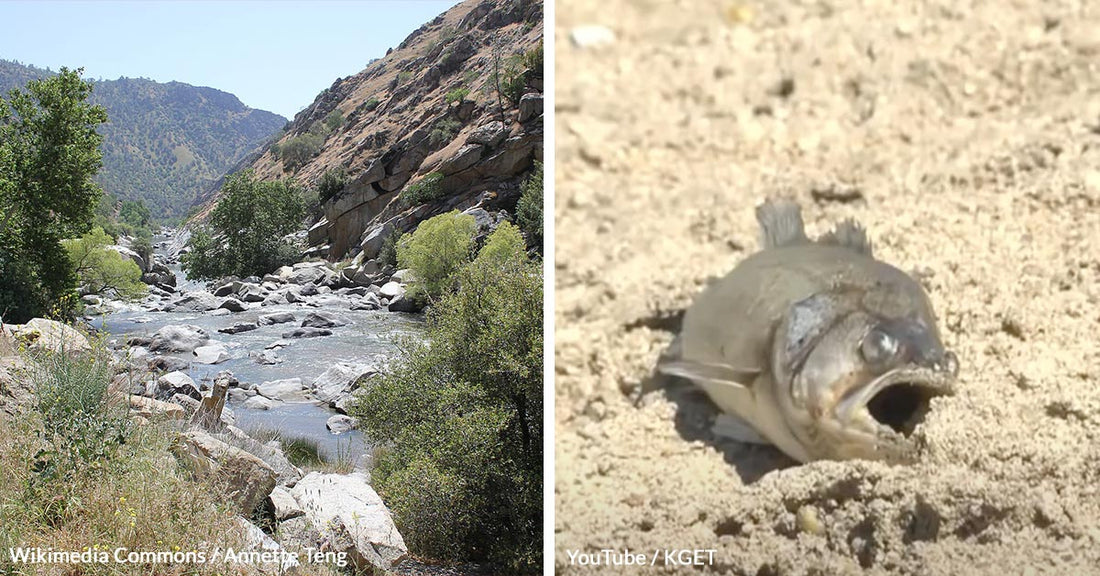
Photo: Wikimedia Commons / Annette Teng, License: CC BY 3.0 ATTRIBUTION 3.0 UNPORTED Deed
Photo: Wikimedia Commons / DaveWiz84, License: CC BY-SA 4.0 DEED
The Kern River, once a vital waterway flowing through Bakersfield, has dried up, leaving a stretch of riverbed littered with the lifeless bodies of over 3,000 fish.
This environmental disaster is raising alarms about water management and wildlife conservation in California, with local communities and experts expressing deep concern over the impacts of water diversions and the sudden cutoff of river flows.

A Sudden Dry Spell and Dead Fish
In early September, the Kern River, which runs through the heart of Bakersfield, was reduced to a dry, cracked bed. Thousands of fish, primarily Sacramento suckers, lay dead in the sun. This was not just a gradual decline; it happened almost overnight, sparking a public outcry and prompting investigations. Biology professor Rae McNeish and her students at California State University, Bakersfield, counted 3,033 dead fish over the course of a week. “We were all very surprised at how quickly things changed,” McNeish told KGET. “It’s really sad to see.”
Local advocates and environmental groups, such as Bring Back the Kern, are calling for urgent action to restore water to the river. Kelly Damian, a member of the group, expressed frustration over the lack of intervention.
"There are five different entities that own rights to the Kern River water, and none of them let their water run through the riverbed," she told the Daily Mail.
These water rights, primarily held by agricultural districts, have diverted most of the water to irrigate crops, leaving the river and its wildlife without the resources they depend on.
Water Diversions and Maintenance
The abrupt disappearance of the river’s flow coincided with the city of Bakersfield's use of its final water allotment in August. What little water remained was being diverted into canals for agricultural purposes, primarily for almond orchards. On top of this, the city had announced maintenance work on the Bellevue Weir, a structure crucial for controlling water flows, KGET reports. In early September, the city further reduced water flow to repair the weir and perform sediment removal, activities they said were essential for the safety and functionality of the river.
While city officials defended the decision as necessary to protect infrastructure, critics argue that the city’s approach ignores the ecological importance of the river.
Dr. Antje Lauer, another CSUB professor, emphasized the dangers of such measures: “If you have to do that, you have to rescue as many animals as you can before you do that,” she told Eyewitness News.

Legal Challenges and Public Trust
This disaster has deeper roots in a complex legal battle over water rights. The Kern River has been the subject of legal disputes for years, with various agricultural districts controlling much of its flow. These districts, along with the city, have been embroiled in lawsuits over how water is allocated, with environmental groups pushing for the enforcement of California's Fish and Game Code 5937, reports SJV Water. The code requires sufficient water be left in the river for fish to survive. A 2023 ruling ordered Bakersfield to maintain river flows to protect fish populations, but the ruling has been stayed, leaving the river dry while the case awaits further hearings.
The ongoing litigation has brought new legal teams to the table. The well-known law firm Morrison Foerster has joined the fight on behalf of Bring Back the Kern, bolstering efforts to prioritize environmental stewardship over agricultural interests. The Public Trust Doctrine, which holds that the state's natural resources should serve the highest public good, is central to the lawsuit.
According to Damian, “The law is clearly on our side, but it has been difficult to compete with the agricultural industry’s money and influence.”

Impact on the Community and Environment
The impact of the Kern River drying up extends far beyond the fish deaths. Homeless residents who rely on the river for water have also been affected.
Bonnie Compton, a local resident, told the Daily Mail, "They’re killing the fish. They’re killing our wildlife. Everything’s dying." Compton and others who live near the river expressed deep concerns that the diversion of water serves to push them out, further marginalizing vulnerable communities.
Meanwhile, environmental groups continue to raise awareness and call for long-term solutions. The Kern River Parkway Foundation and other local organizations argue that the city must treat the river as more than just a canal for transporting water, Eyewitness News reports. They advocate for methods that balance infrastructure needs with ecological preservation.

A Fragile Future
The fate of the Kern River, its wildlife, and the communities that depend on it remains uncertain. As legal battles drag on, and agricultural interests continue to dominate water allocations, the riverbed stands as a stark reminder of the delicate balance between human activity and the environment.
The drying of the Kern River is not just a local issue; it is part of a larger, ongoing struggle over water rights in California, a state where every drop of water is increasingly precious.
Click below and take action for the environment!
Matthew Russell is a West Michigan native and with a background in journalism, data analysis, cartography and design thinking. He likes to learn new things and solve old problems whenever possible, and enjoys bicycling, spending time with his daughters, and coffee.


